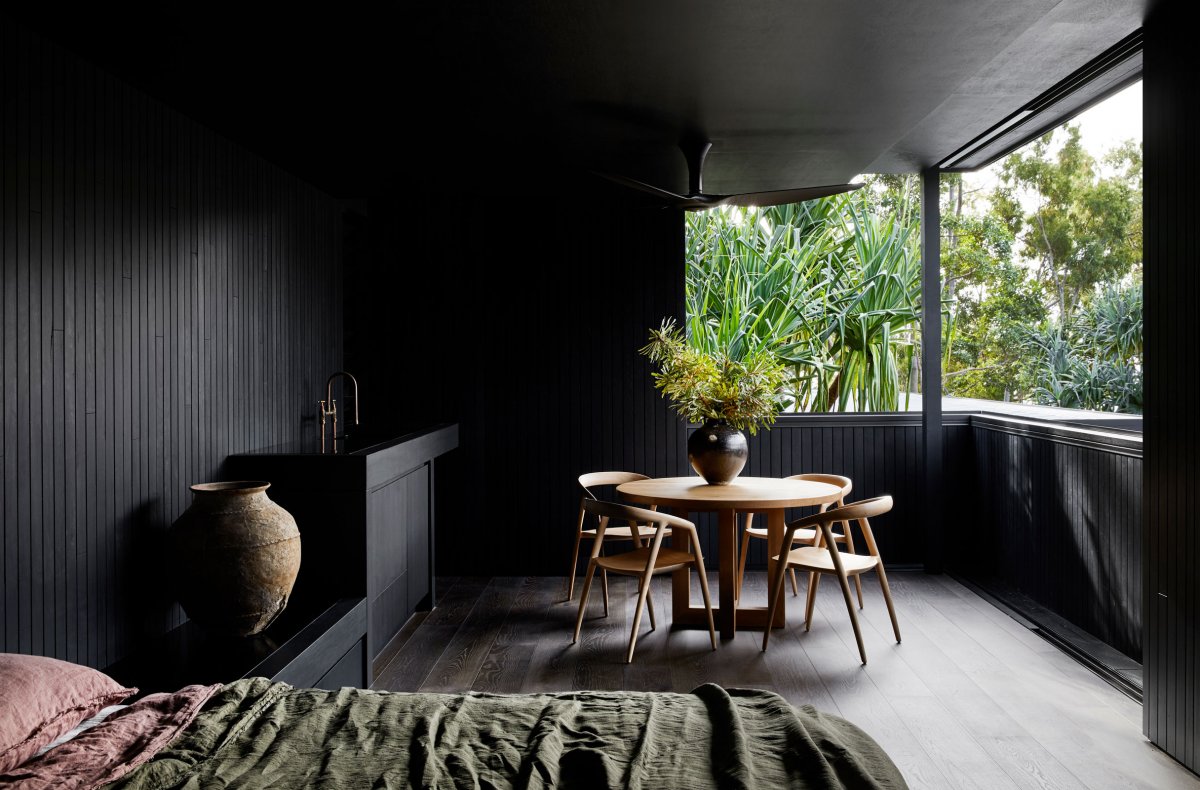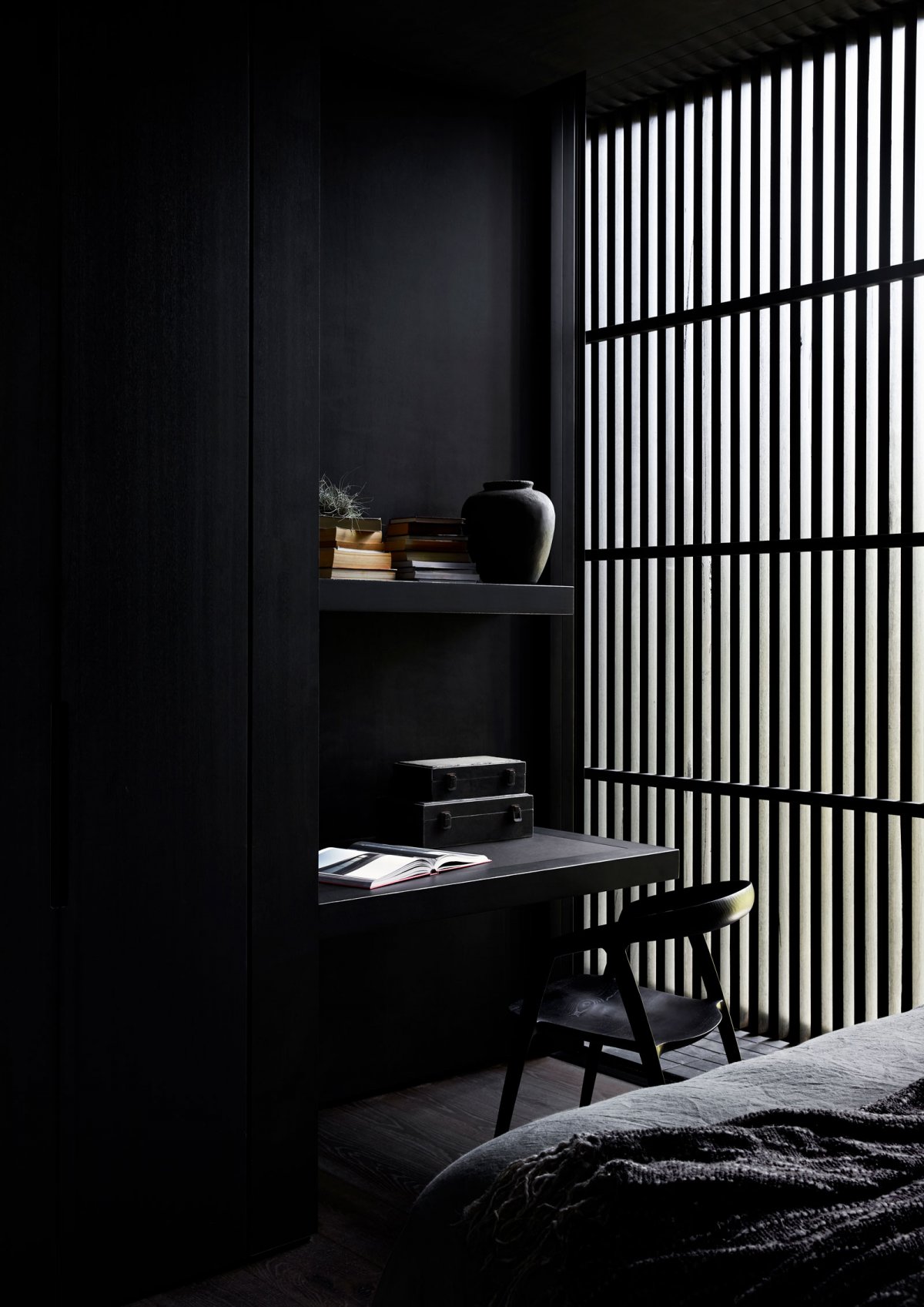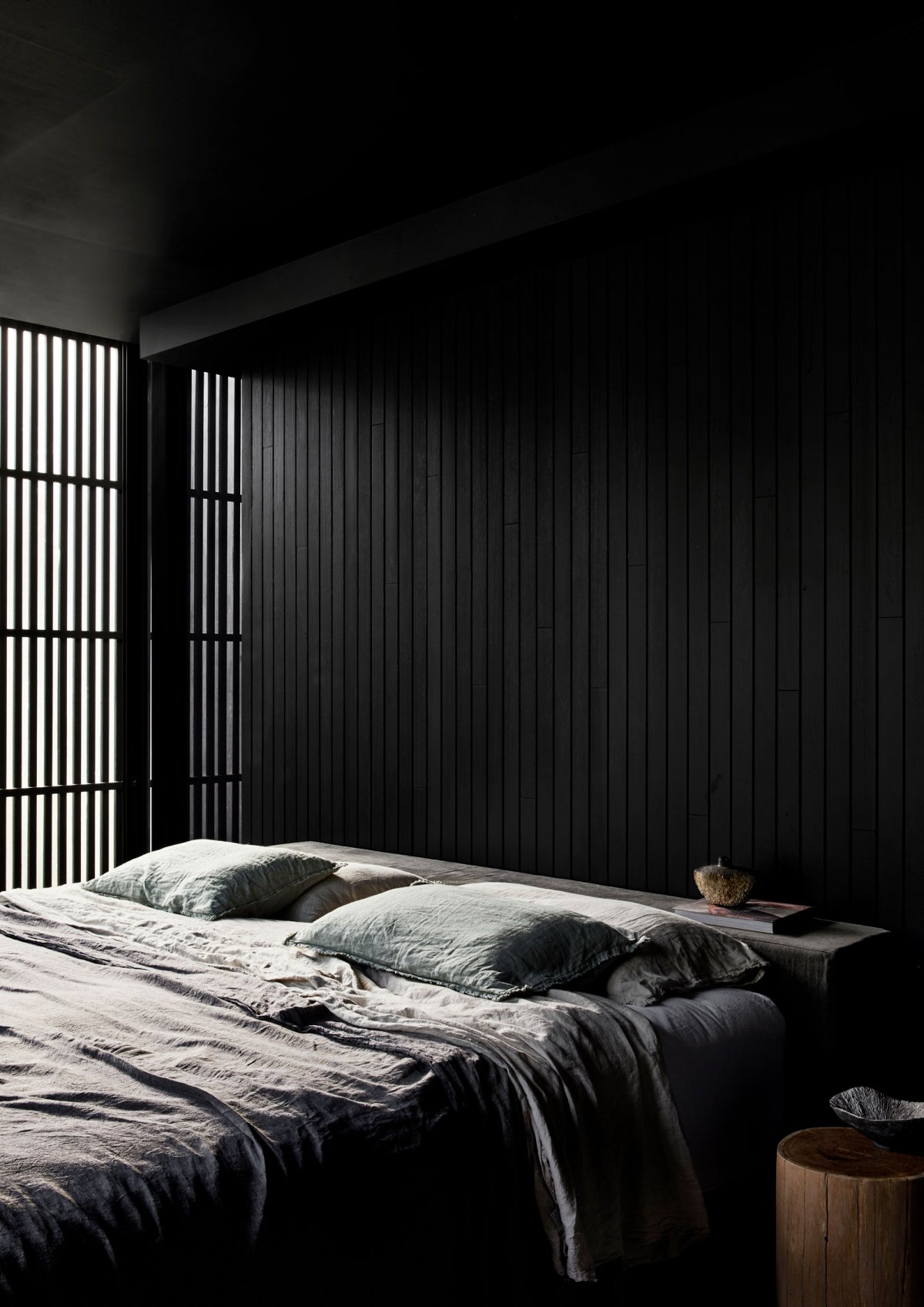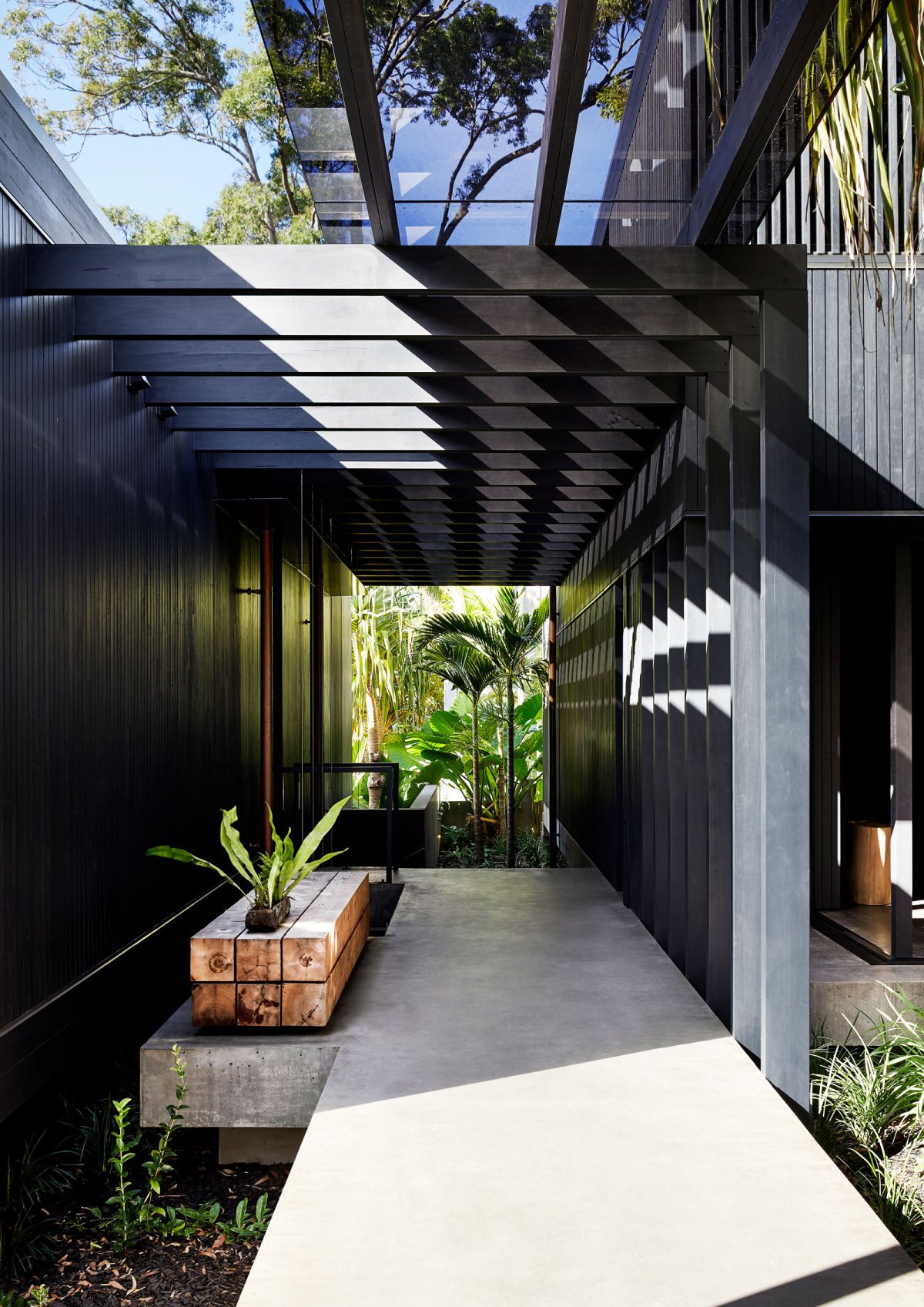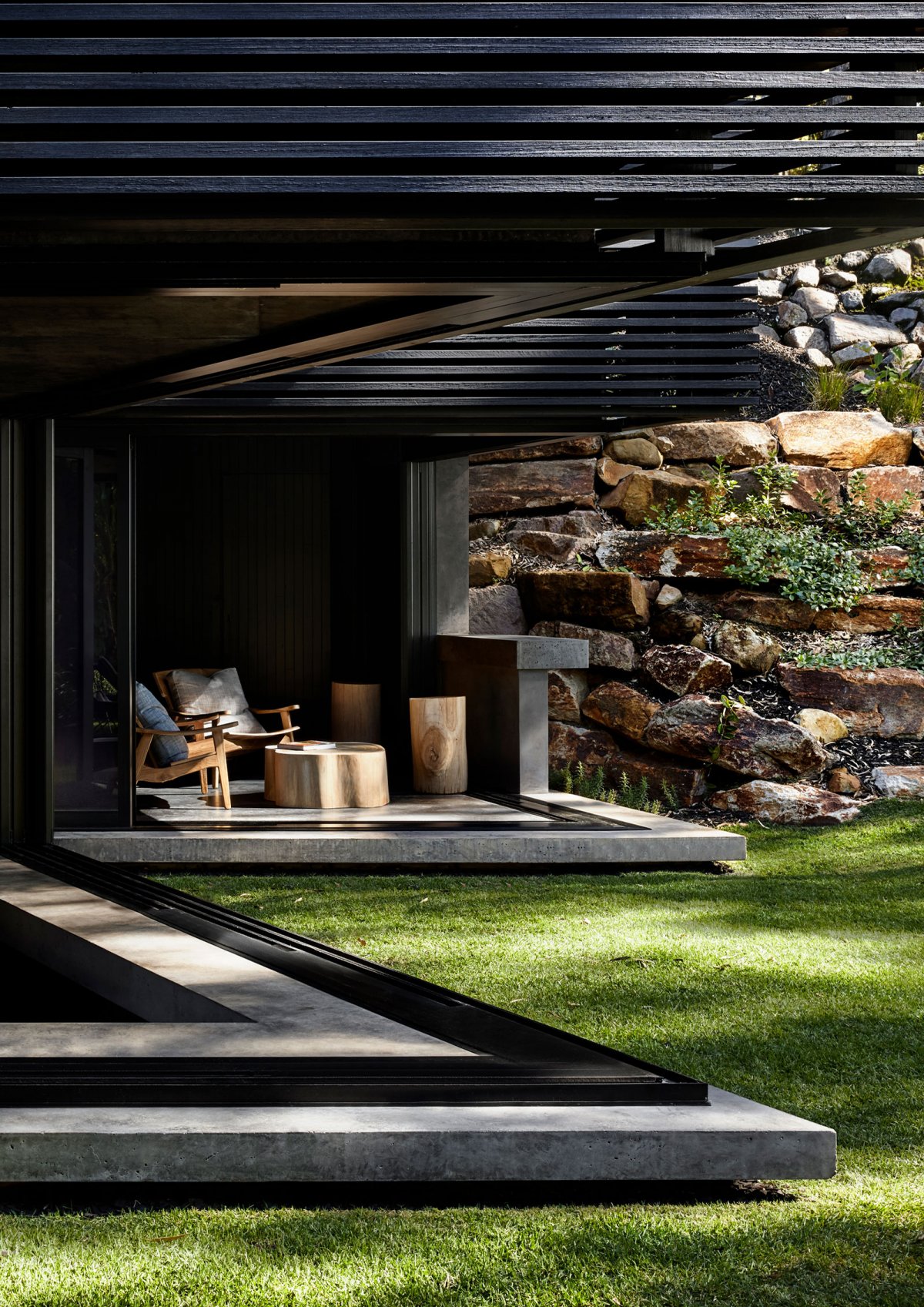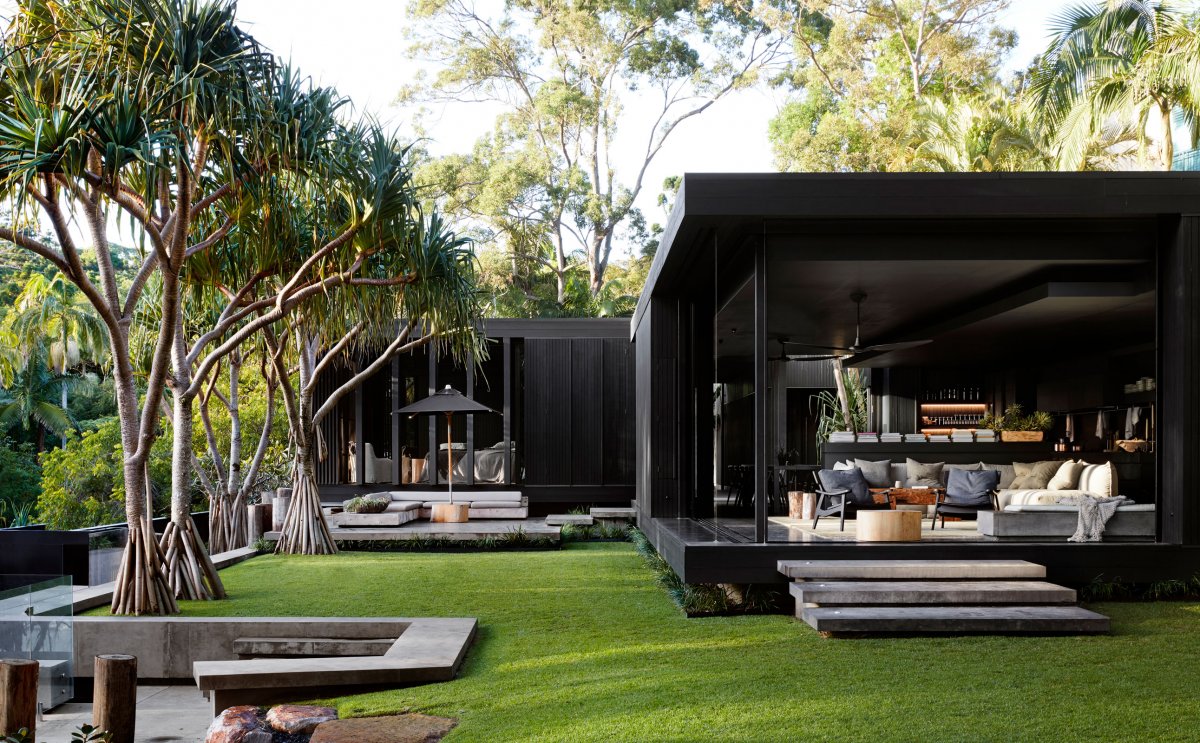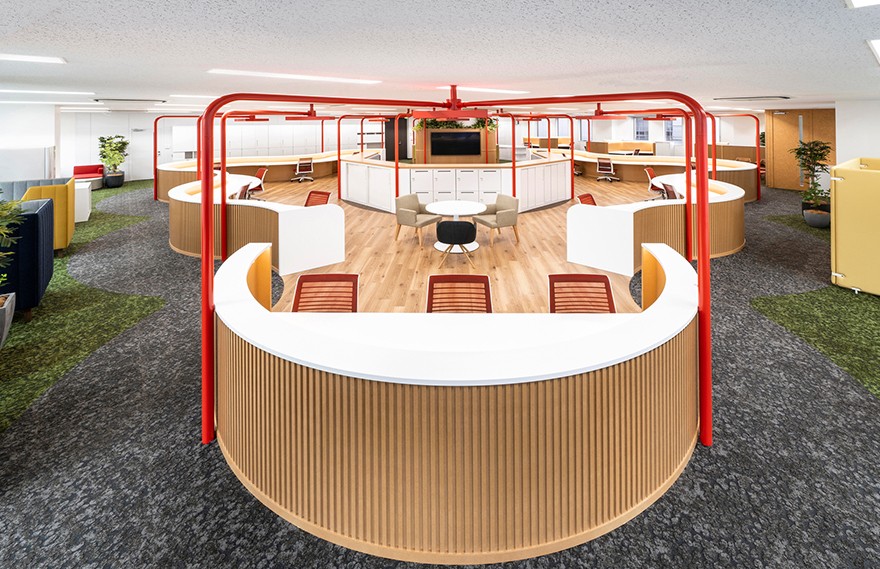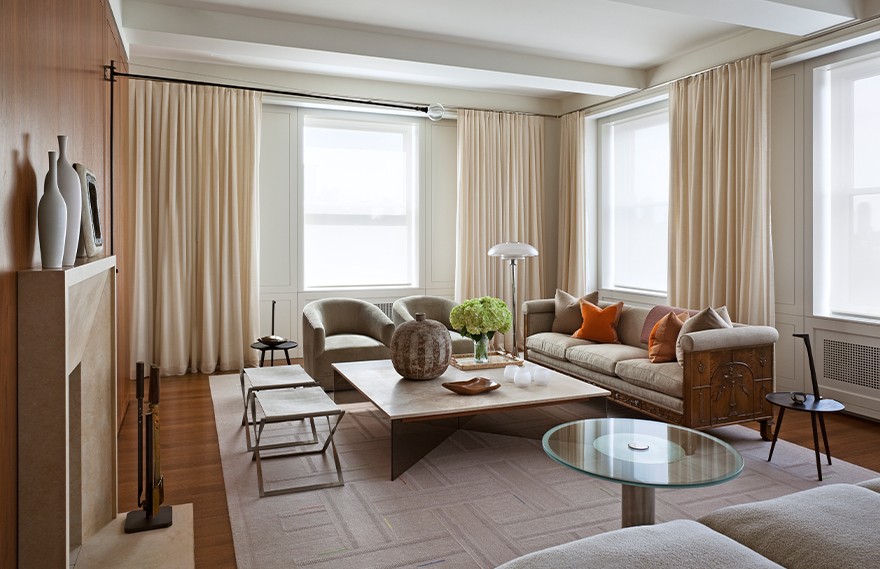
As a deconstruction of the traditional house, the Boonburrh house is built on a clear connection between interior and exterior. Frank Macchia and Studio CLO have combined the use of the surrounding rich natural elements to create a series of Spaces that are tightly connected to the site. Often a place is associated with people who have visited it or shared memories, ensuring that stories are embedded over time. Boonburrh House is one such place, now as a house, with its own story and layered past.
Boonburrh House is located in Noosa, overlooking Laguna Bay, at the entrance to Noosa National Park. Inspired by a house in Sri Lanka, and in particular the work of Geoffrey Bawa, the resulting series of Spaces is an open embrace of its surroundings. The dark-toned material is a soft insert in the landscape, ensuring that existing and established living elements are interrupted as little as possible.
Boonburrh House was built by Robilliard Architecture and Design, focusing on the landscape and external access. Steven Clegg Design masterminded the landscape, which was built and maintained by Serene Gardens. The combination of native species and structure ensures that the outdoor area is an extension of the house, while also acting as an attraction to the interior. With the attraction of the outdoors, allowing free flow between inside and outside forms an important part.
By emphasizing the sense of separation from the traditional house, the house adopts another typology that feels as if it could easily become a hotel or cottage, set in an idyllic and mobile environment. From the Sri Lankan inspiration, the expected grouping and interconnections of areas were removed to connect each function in another maze-like way. The combination of materials and overall ambience ultimately produces a sense of journey and discovery within the house, disassembling the anticipated concept and seeing a unique structure.
- Interiors: CLO Studios
- Landscape: Steven Clegg Design
- Photos: Caitlin Mills
- Words: Bronwyn Marshall
- Copy: The local project







